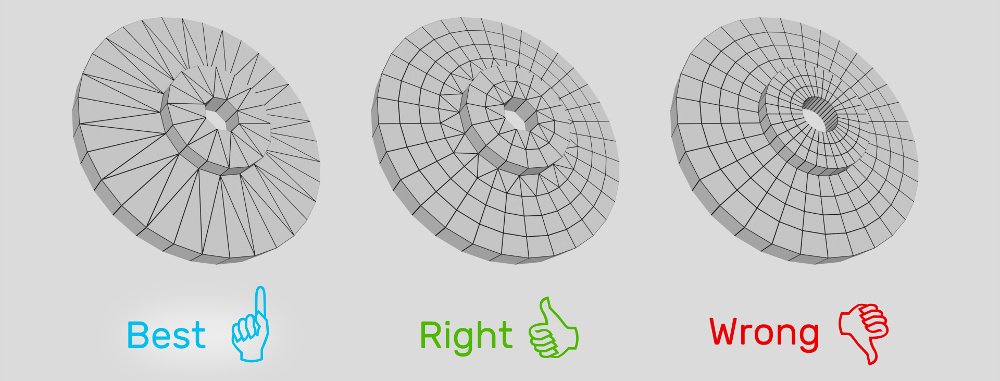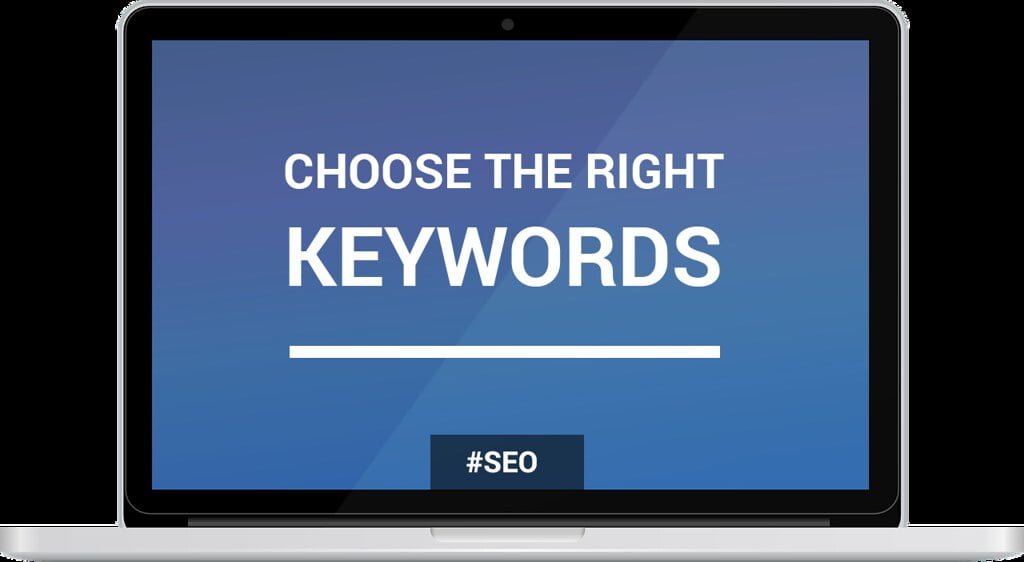In the vast digital landscape, where words alone may not suffice, images become the captivating strokes of online storytelling. They have an extraordinary power to engage and leave a lasting impression on visitors. But what if we told you that these captivating images not only have the potential to charm your audience but also contribute significantly to your SEO efforts? Welcome to the mesmerizing realm of optimized images – where breathtaking visuals and search engine optimization (SEO) synergize to create a picture-perfect online presence. In this article, we will embark on a creative journey to explore how you can unlock the untapped potential of optimized images and elevate your website’s visibility in search engine rankings. So, fasten your seatbelts, and get ready to dive into the remarkable world where art meets technology, and where pixels hold the key to your SEO success! 

Optimized images play a crucial role in boosting your website’s SEO performance. When it comes to ranking higher in search engine results, focusing on image optimization can make all the difference. By understanding the power of optimized images, you can enhance both user experience and page load times, ensuring a seamless browsing experience for your visitors.rnrn rnOne important aspect of image optimization is maximizing SEO impact through the use of alt text, file names, and captions. Alt text, or alternative text, is a descriptive text that is displayed when an image cannot be loaded. Including relevant keywords in your alt text helps search engines understand the content of your images, improving their visibility in search results. Similarly, optimizing your image file names by using descriptive keywords can further enhance your SEO efforts. Additionally, captions can provide additional context and engage readers, while also being a valuable opportunity to include relevant keywords.rn
rnOne important aspect of image optimization is maximizing SEO impact through the use of alt text, file names, and captions. Alt text, or alternative text, is a descriptive text that is displayed when an image cannot be loaded. Including relevant keywords in your alt text helps search engines understand the content of your images, improving their visibility in search results. Similarly, optimizing your image file names by using descriptive keywords can further enhance your SEO efforts. Additionally, captions can provide additional context and engage readers, while also being a valuable opportunity to include relevant keywords.rn rnrnIn order to further improve the visibility and discoverability of your website’s images, it is crucial to implement image sitemaps. Image sitemaps act as a roadmap for search engines, providing them with important metadata about your images. By including information such as image URL, title, caption, and license information in your image sitemaps, you can ensure that search engines properly index and display your images in relevant search results. Implementing image sitemaps is a must-have for improved visibility and can significantly boost your SEO efforts.rnrnBy harnessing the potential of optimized images, you can unlock a host of benefits for your website, including improved search engine rankings, enhanced user experience, and faster page load times. So, don’t overlook the power of image optimization in your SEO strategy and take your website’s performance to new heights with picture-perfect optimization techniques.
rnrnIn order to further improve the visibility and discoverability of your website’s images, it is crucial to implement image sitemaps. Image sitemaps act as a roadmap for search engines, providing them with important metadata about your images. By including information such as image URL, title, caption, and license information in your image sitemaps, you can ensure that search engines properly index and display your images in relevant search results. Implementing image sitemaps is a must-have for improved visibility and can significantly boost your SEO efforts.rnrnBy harnessing the potential of optimized images, you can unlock a host of benefits for your website, including improved search engine rankings, enhanced user experience, and faster page load times. So, don’t overlook the power of image optimization in your SEO strategy and take your website’s performance to new heights with picture-perfect optimization techniques.
Q&A
Q: What is the significance of optimizing images for SEO?
A: Optimizing images for SEO is essential as it helps enhance search engine visibility, improves website loading speed, and boosts organic traffic. By incorporating relevant keywords and following best practices, you can create a visual appeal that search engines find irresistible.
Q: How can optimized images improve search engine visibility?
A: When images are properly optimized, search engines can understand their context and relevance to the content on your website. By assigning alt tags, filenames, and captions that include targeted keywords, you increase the chances of your images appearing in relevant search results, thereby improving your website’s overall visibility.
Q: How does image optimization impact website loading speed?
A: Optimizing images helps decrease their file size while maintaining their quality, resulting in faster loading times for your web pages. As page loading speed is a crucial factor that affects user experience and search engine ranking, ensuring optimized images can significantly improve your website’s performance.
Q: What are some best practices for optimizing images for SEO?
A: Firstly, ensure that the image file size is optimized by compressing it without compromising quality. Secondly, use descriptive filenames and incorporate relevant keywords in the image’s alt tags, titles, and captions. Additionally, consider using image sitemaps to help search engines index your images more effectively.
Q: Can you provide any tips for SEO-friendly image file names?
A: When choosing file names for your images, avoid generic names like “IMG_1234” and opt for descriptive file names that contain relevant keywords. For example, instead of “beach.jpg,” use “sunset-over-ocean-beach.jpg” to provide search engines with more information about the image’s content.
Q: Are there any particular file formats recommended for image optimization?
A: The most commonly used file formats for web images are JPEG, PNG, and GIF. JPEG is suitable for photographs and complex images, while PNG works well for images with transparency or simple graphics. GIF is ideal for animated images. Choosing the appropriate format depends on the specific requirements of each image.
Q: Does image optimization only apply to the main content or also to thumbnails?
A: Image optimization is relevant for all images on your website, including thumbnails. Since thumbnails often appear in grids or image galleries, it’s crucial to optimize them with relevant alt tags, captions, and filenames. This ensures their visibility in search engine results and improves user experience when browsing through image collections.
Q: Can you explain the concept of responsive images and its impact on SEO?
A: Responsive images are images that automatically adjust their size and resolution based on the user’s device and screen size. This responsiveness enhances the user experience, improves website performance, and indirectly benefits SEO. Since mobile-friendliness is a ranking factor, ensuring that your images adapt to different screen sizes contributes to a better overall SEO strategy.
Q: Are there any image SEO practices to avoid?
A: It’s important to avoid keyword stuffing in alt tags and image titles, as over-optimization can be penalized by search engines. Similarly, using irrelevant or misleading captions or filenames can lead to a negative user experience. It’s also crucial to avoid using images with extremely high resolutions that slow down your website’s loading speed.
Q: How do optimized images contribute to the overall success of a website’s SEO efforts?
A: Optimized images play a significant role in several aspects of SEO, from improved search engine visibility and enhanced website loading speed to generating organic traffic. By following image optimization best practices, you create a more favorable user experience, leading to higher user engagement, longer dwell times, and ultimately, better rankings in search engine results.
To Conclude
In a digital landscape where every pixel counts, optimizing images for search engines is the secret ingredient to captivating your audience and climbing the ranks of the online realm. So, embrace the power of visual storytelling and unlock the true potential of your web presence with the magic of SEO-friendly images.
By now, you have unraveled the mysteries of image optimization, delving deep into the art of crafting captivating visual content. From selecting the perfect image file format to compressing it flawlessly, you have embarked on a journey of pixel perfection. Your images are now ready to seize the spotlight and captivate the hearts and minds of internet wanderers.
But hold on, dear digital adventurer, for that is not the end of your voyage. As your optimized images gracefully grace the digital realm, they become more than mere pieces of visual delight. They transform into portals of discovery, guiding search engines towards your virtual domain. In each perfectly optimized pixel, lies an opportunity to command attention, to establish relevance, and to outshine the competition.
Just imagine, as your carefully curated images effortlessly blend with your website’s content, search engine crawlers become mesmerized by their beauty, indulging in a symphony of metadata intricacy. The alt tags sing sweetly to the web spiders, providing an enchanting description of your image’s essence. The image captions whisper enticing tales, complementing the narratives woven within your textual realms. And oh, the file names! Like secret keys to unlocking treasure troves of relevance, they entice search engines to bestow upon you the golden gift of higher rankings.
But remember, dear reader, the journey does not end here. As the ever-evolving digital landscape dances to its own vibrant beat, you must remain vigilant. Continuously adapt, innovate, and expand your artistic horizons. Stay on top of the ever-changing SEO trends, as search engines become more sophisticated and image recognition technologies embrace the power of AI.
So, let us bid farewell, knowing that you now possess the knowledge and tools to transform your digital canvas into a masterpiece of SEO potential. Go forth, and may your optimized images light the way to boundless success, captivating both the web crawlers and the curious souls who seek to unravel the mysteries you have woven. Picture perfect, you will be, as you unleash the true potential of SEO through the magic of optimized images.

